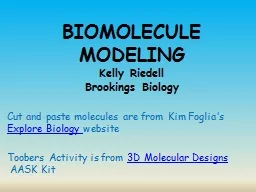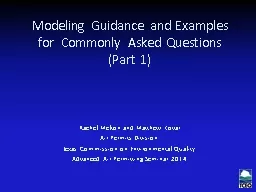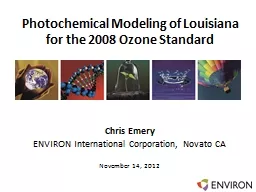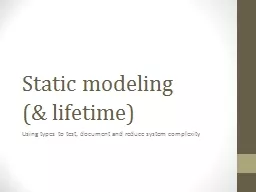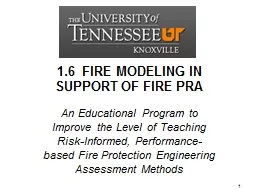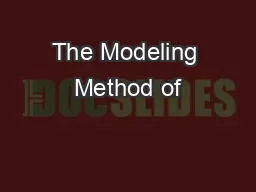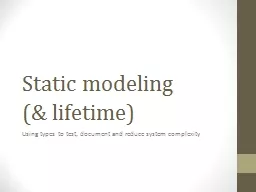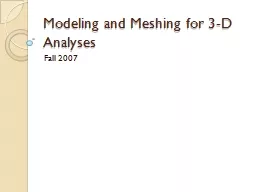PPT-BIOMOLECULE MODELING
Author : jane-oiler | Published Date : 2020-01-15
BIOMOLECULE MODELING Kelly Riedell Brookings Biology Cut and paste molecules are from Kim Foglias Explore Biology website Toobers Activity is from 3D Molecular Designs
Presentation Embed Code
Download Presentation
Download Presentation The PPT/PDF document "BIOMOLECULE MODELING" is the property of its rightful owner. Permission is granted to download and print the materials on this website for personal, non-commercial use only, and to display it on your personal computer provided you do not modify the materials and that you retain all copyright notices contained in the materials. By downloading content from our website, you accept the terms of this agreement.
BIOMOLECULE MODELING: Transcript
Download Rules Of Document
"BIOMOLECULE MODELING"The content belongs to its owner. You may download and print it for personal use, without modification, and keep all copyright notices. By downloading, you agree to these terms.
Related Documents

